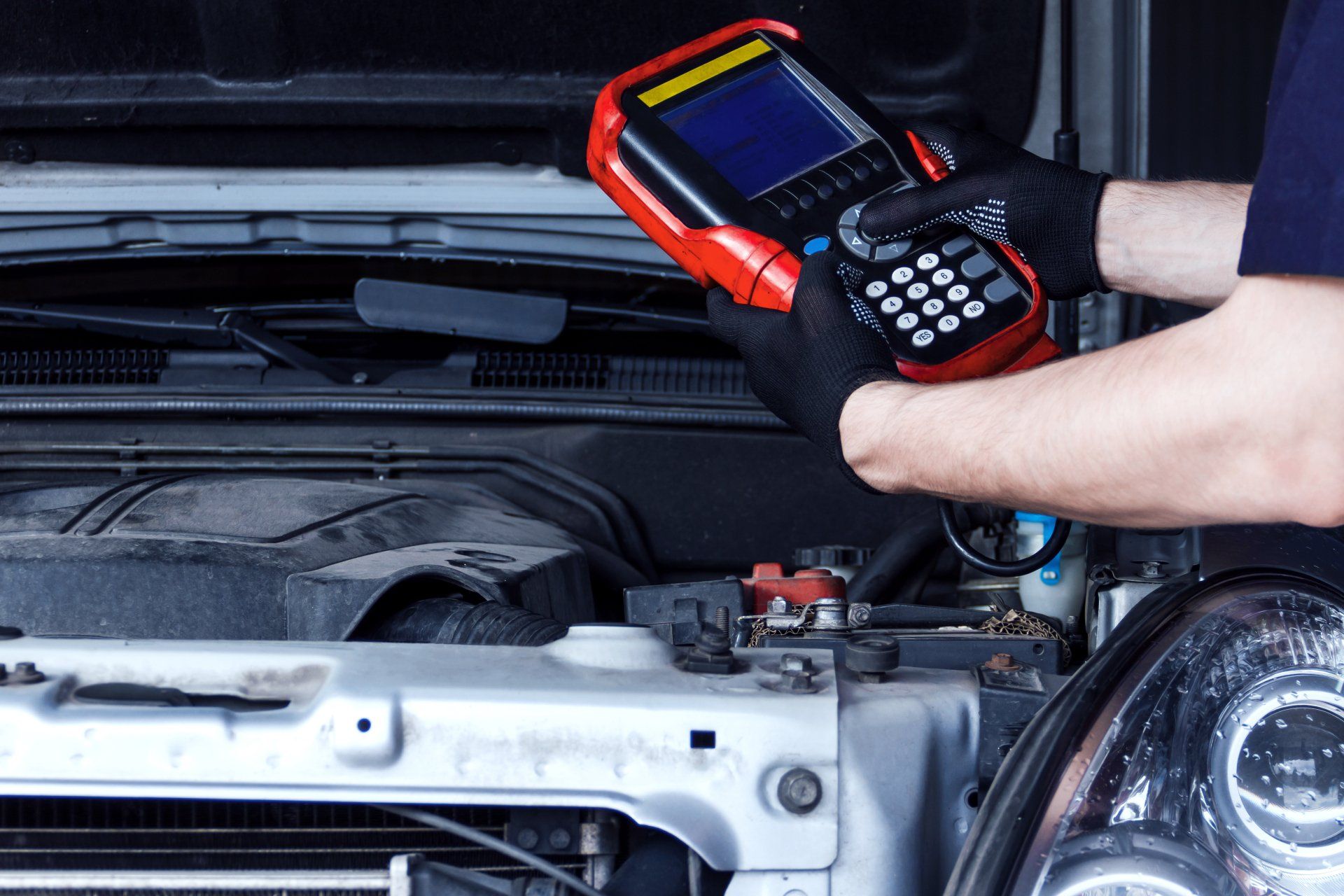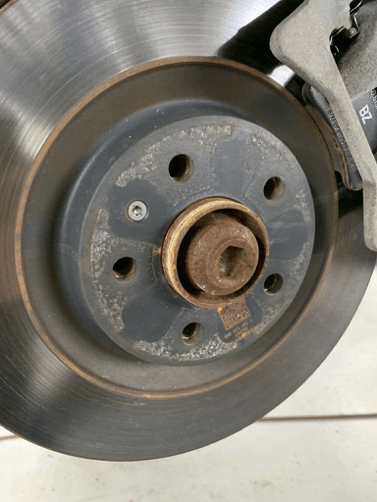Blog

The automotive repair business has changed dramatically over the past 35 years and will continue to change at an ever accelerating pace. Needless to say, computerization, from the technology stand point, has been the greatest factor. Initially in the mid to late 80’s the computers in cars were simple stand alone systems. Starting in the 90’s we began to see local networks typically 2-4 computers communicating with each other, by 2000 we typically saw 12-20 computers communicate with each other. Today that number is 3-4 times as many. This has lead to needing a computer (typically referred to as a scanner) in order to even begin to understand the car’s problem. Scanners are available for $200 or less but can cost tens of thousands of dollars. Just because a scanner costs $200 don’t dismiss it, we use them in our business for certain tasks. These low cost scanners are limited to reading generic codes in two or three systems (typically engine, transmission, air bags and maybe brakes). They can often reset and erase codes turning off various warning lights ( till the problem pops up again.). These basic scanners may not work on all cars, they cannot reprogram, run diagnostics test, determine values, or read manufacturer’s codes. Next we have generic professional level scanner typically ranging in cost from $2000-7000 and usually requires a subscription for software updates. These scanners will work on any number of vehicle makes, some are focused on certain types (Asian, European or domestic), they perform all of the functions of the low cost scanners, but they also access most or all of the vehicles systems, often read manufacturers codes, read some values, test circuits, control output devices and may perform adaptations. Finally you get to manufacturer’s equipment or manufacture level equipment. The cost for this level can range from $5000 to tens of thousands of dollars. They require expensive subscription fees perhaps $200 - 350 per month or in some cases $3000 - 7000 annual fees. Some of these scanners only work on one vehicle make others work on multiple makes. With these scanners you get all of the capabilities of the lower cost scanners’ access to all codes plus all values and tests, interactive wiring diagrams, vehicle identification, programming capabilities, technical support, and (if you have security certification) access to security systems (key coding, immobilizer, dash, entertainment systems and engine control). Now that you have a general understanding of the different equipment and capabilities let’s talk about some terminology. A scan is not a diagnosis nor is it a test. Scanning simply connects to the computers on the car and interprets the faults generated on board and presents the code and a description of the fault. About 5-10% of the time the scan will pinpoint the problem, the other 90-95% of the time it points you in a direction. An example of a code for a pinpoint problem would be: P0130 - Oxygen sensor, bank 1, sensor 1 heater malfunction. In this case either there is a connection problem or the the oxygen sensor heater element is no good and you need to replace the oxygen sensor. Now for a code that points you in a direction: P0157 - Oxygen sensor, bank 2, sensor 2, out of range low. Some people would read this and think they need an oxygen sensor and they would be wrong. What the code is telling you is that the oxygen sensor is working but, there is a problem that is causing the engine to run lean beyond the system’s control function. In that case, we will need a diagnostic strategy and do some testing. We have a lean running situation, so either we have a fuel problem or unmetered air. We know that the problem is on bank 2 so the problem is isolated to that bank. If you had low fuel pressure the problem would show up in both banks (this doesn’t mean you rule out fuel, it could be a bad injector. If that were the case you might expect a misfire code as well). That leaves us with mechanical problem or unmetered air. Testing for mechanical problems could be involved and laborious, so we would first test for air leaks by performing a couple of smoke tests, first the intake side and let’s not forget the exhaust side since this is sensor 2, the down stream sensor. To put it all together. We start with observation, a road test, evaluate the drivability, listen for unusual sounds, look for the obvious (disconnected wire or hose, leaks, etc.), and note any odors or vibrations. Next we conduct a scan for any fault code(s). Armed with our observations and fault codes we developed a diagnostic strategy. The ability to develop a diagnostic strategy requires that the technician is fully versed in the system(s) has the necessary experience and the ability to accurately decipher the code description and observations. Next the technician carries out the test(s) necessary to confirm the root problem(s). For this part, the technician needs to understand how to properly conduct the test (is temperature or speed a factor? If an electrical test, is the battery fully charged and the proper connections are made?). If done properly, the test results will then be valid, otherwise the technician receives incorrect results leading to wasted time and frustration.


